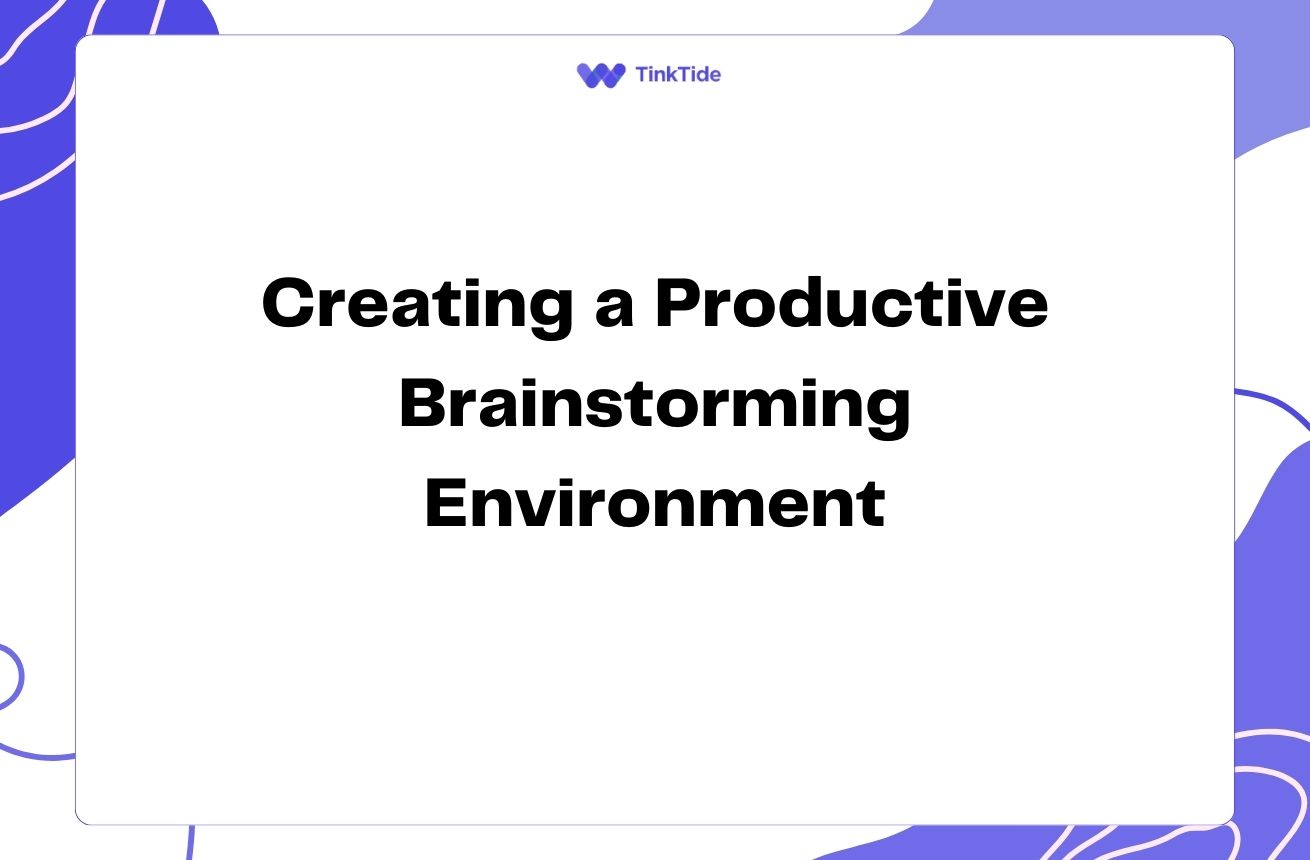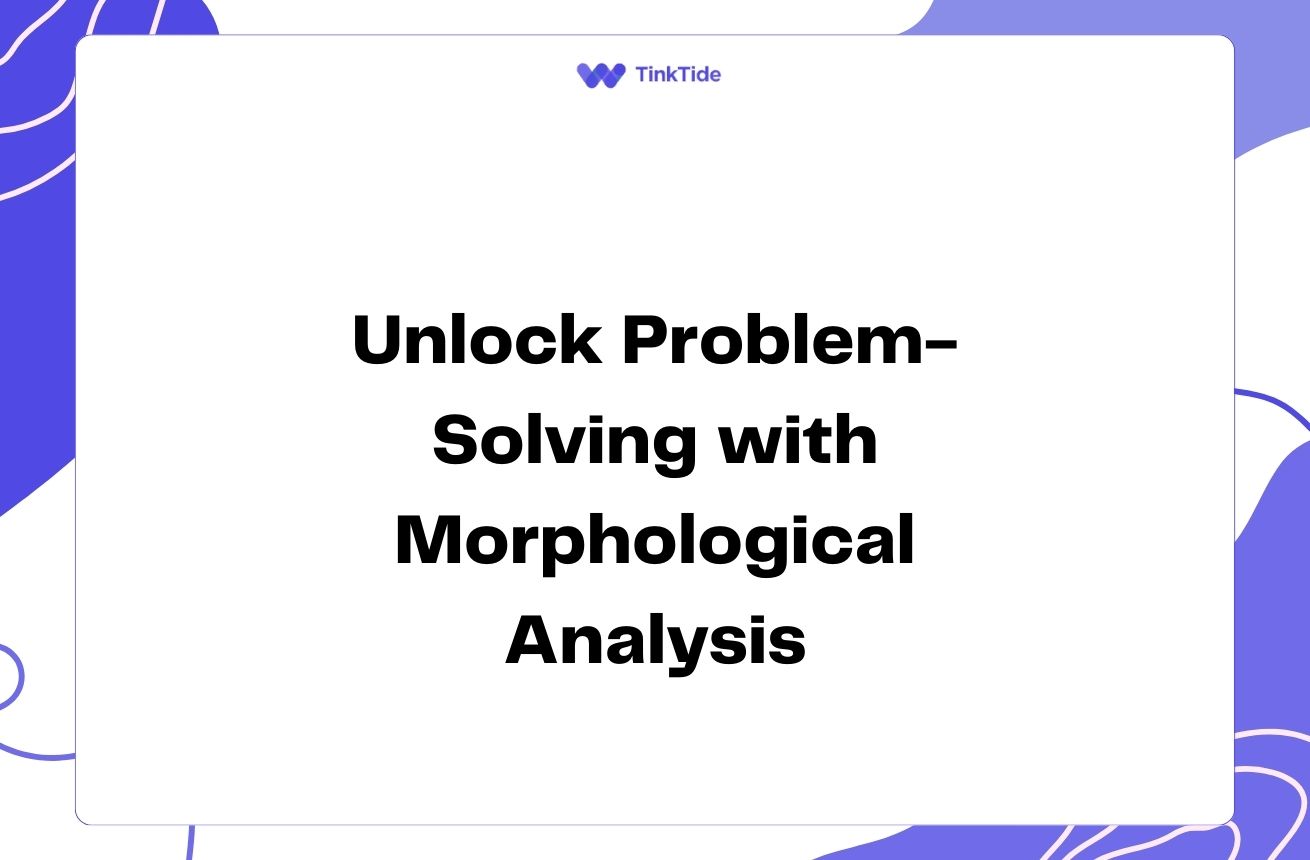From Data to Persona: Transforming Analytics into User Insights
The Power of Data-Driven Personas
In today's data-rich business environment, converting raw analytics into actionable user personas is a game-changer. This process allows you to transform numbers and statistics into relatable, human-like profiles that represent your target audience. By doing so, you can make more informed decisions about product development, marketing strategies, and customer experience improvements.
User personas derived from data analytics offer a unique advantage over traditional, assumption-based personas. They're grounded in real user behavior, preferences, and patterns, providing a more accurate and nuanced understanding of your audience. This data-driven approach helps eliminate biases and guesswork, leading to more effective and targeted business strategies.
According to a study by the Forrester Research, companies that leverage data-driven personas in their decision-making process see a 20% increase in customer satisfaction and a 15% boost in conversion rates. These statistics highlight the tangible benefits of transforming analytics into user insights.
Let's dive into the process of converting data analytics into actionable user personas, exploring each step and its significance in creating a comprehensive understanding of your target audience.
Step 1: Collecting Relevant Data
The foundation of creating data-driven personas lies in collecting comprehensive and relevant data. This step involves gathering information from various sources to build a holistic view of your users.
- Analyze website and app usage data using tools like Google Analytics
- Conduct surveys and questionnaires to gather direct user feedback
- Utilize customer relationship management (CRM) data for insights into user interactions
- Examine social media engagement and sentiment analysis
- Analyze purchase history and transaction data
Step 2: Identifying Key Patterns and Segments
Once you've collected a robust dataset, the next step is to identify patterns and segment your users based on common characteristics. This process involves using data analysis techniques to uncover meaningful groupings within your user base.
Utilize clustering algorithms, such as k-means or hierarchical clustering, to group users with similar behaviors or attributes. Tools like Python with libraries such as scikit-learn can be invaluable for this task.
Look for patterns in user behavior, preferences, demographics, and psychographics. For example, you might discover segments based on purchasing frequency, feature usage, or content consumption habits.
Remember, the goal is to create distinct user groups that represent different segments of your target audience. These segments will form the basis of your user personas.
Step 3: Creating Persona Profiles
With your user segments identified, it's time to bring them to life as personas. This step involves transforming data points into relatable, human-like profiles that represent each segment.
Start by giving each persona a name and a stock photo to make them more relatable. Then, fill in key details based on your data analysis, such as demographics, goals, pain points, and behaviors.
Use tools like HubSpot's Make My Persona or Xtensio's User Persona Creator to streamline this process and create visually appealing persona profiles.
Remember to include both quantitative data (e.g., age, income, usage frequency) and qualitative insights (e.g., motivations, frustrations, preferences) to create well-rounded personas.
Step 4: Validating and Refining Personas
Once you've created your initial set of personas, it's crucial to validate and refine them. This step ensures that your personas accurately represent your user base and provide actionable insights.
Conduct user interviews or focus groups with individuals who match your persona profiles. This qualitative research can help confirm or challenge your data-driven assumptions and add depth to your personas.
Use A/B testing to validate persona-based hypotheses. For example, create targeted marketing campaigns or product features for specific personas and measure their effectiveness.
Regularly update your personas as new data becomes available. User behavior and preferences can change over time, so it's important to keep your personas current and relevant.
Step 5: Implementing Personas in Decision-Making
The final and most crucial step is to integrate your data-driven personas into your decision-making processes. This is where the true value of converting analytics into user insights is realized.
Use your personas to inform product development decisions. For example, prioritize features that address the needs and pain points of your most valuable personas.
Tailor your marketing messages and channels to resonate with specific personas. This targeted approach can lead to more effective campaigns and higher conversion rates.
Leverage personas in customer support and experience design to create more personalized and satisfying interactions for your users.
Common Challenges and Solutions
While converting data analytics into actionable user personas offers numerous benefits, it's not without challenges. Here are some common hurdles you might face and how to overcome them:
How do you handle incomplete or inconsistent data?
Start by cleaning and normalizing your data using tools like OpenRefine. For missing data, consider using imputation techniques or collecting additional data through targeted surveys.
What if your personas don't align with real-world observations?
This discrepancy often indicates a need for more qualitative research. Conduct user interviews or observational studies to bridge the gap between your data-driven insights and real-world behavior.
How can you ensure buy-in from stakeholders who are used to traditional personas?
Educate stakeholders on the benefits of data-driven personas by showcasing success stories and ROI metrics. Involve them in the persona creation process to increase ownership and understanding.
What if you have too many distinct user segments?
Focus on the most significant or valuable segments first. You can create primary and secondary personas, with the primary ones representing your core user groups and secondary ones capturing edge cases or niche segments.
How do you keep personas up-to-date in a rapidly changing market?
Implement a regular review process, such as quarterly updates, where you reassess your personas based on the latest data. Use real-time analytics tools to spot emerging trends or shifts in user behavior quickly.
Additional Resources
Data-Driven Personas: Types, Advantages, and Best Practices
A comprehensive guide by Nielsen Norman Group on creating and using data-driven personas.
The User Experience of Data-Driven Personas
An in-depth look at the process of creating data-driven personas and their impact on UX design.
Coursera: Data-Driven Personas
An online course that teaches you how to create and use data-driven personas effectively.
Data Analysis for User Experience Research
A collection of articles on data analysis techniques for UX research by the Interaction Design Foundation.
Google Analytics Academy
Free courses on Google Analytics to help you gather and analyze user data effectively.
Conclusion: Empowering Decision-Making with Data-Driven Personas
Converting data analytics into actionable user personas is a powerful way to bridge the gap between raw data and user-centric decision-making. By following the steps outlined in this guide, you can create personas that are grounded in real user behavior and preferences.
Remember that the process of creating and using data-driven personas is iterative. Continuously refine your personas based on new data and insights to ensure they remain relevant and valuable to your organization.
By leveraging data-driven personas, you can make more informed decisions about product development, marketing strategies, and customer experience improvements. This approach leads to better alignment with user needs, increased customer satisfaction, and ultimately, improved business outcomes.
Transform Your Data into Actionable Insights
Ready to turn your analytics into powerful user personas? Start your journey with Tinktide today.
Start Your Free Trial

